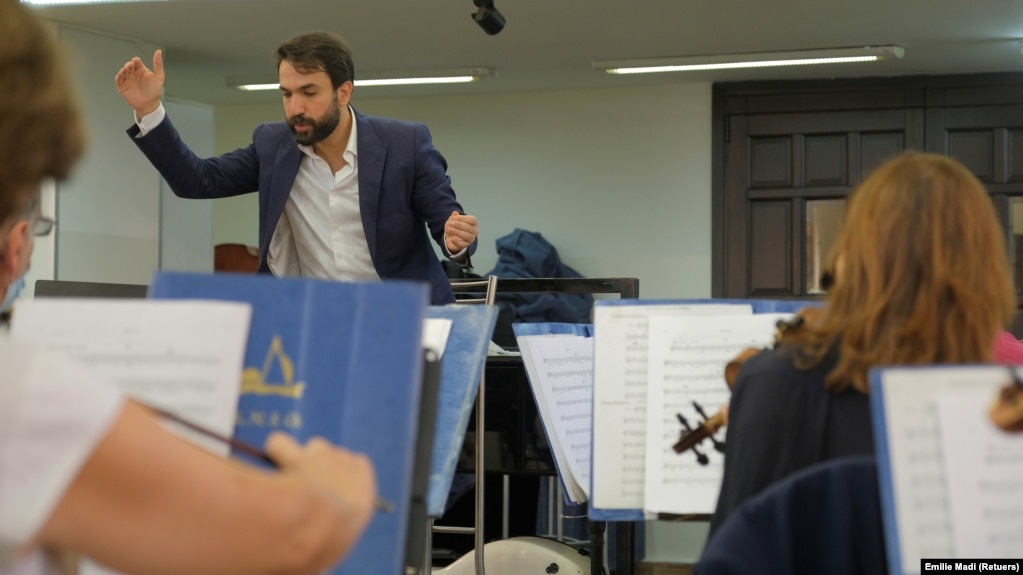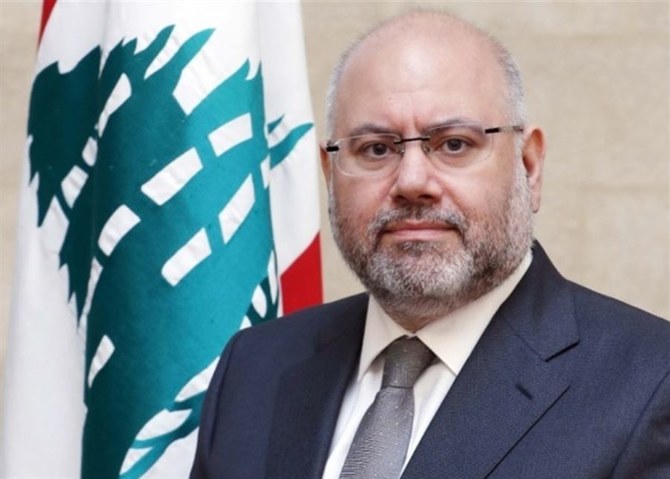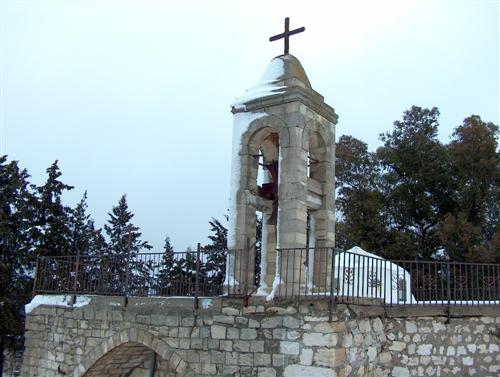
by voanews.com -- The National Symphony Orchestra of Lebanon is feeling the effects of the financial crisis in the country. The crisis has left many people in Lebanon suffering from poverty and struggling to meet simple needs. The crisis worsened because of the COVID-19 pandemic. The August 2020 Beirut explosion also worsened the crisis. The explosion killed more than 215 people and damaged parts of the city, including the building where the orchestra meets. As the value of Lebanese money fell, the 100 or so musicians in the orchestra watched the value of their pay fall from $3,000 to around $200. Most foreign musicians left the orchestra and the country. It is not clear how long the orchestra can keep going.
Cultural loss
Lubnan Baalbaki is the conductor of the orchestra, someone who leads the musicians as they are playing. "We used to do very big productions that would cover the entire classical repertoire. Now it's very difficult," Baalbaki said. The pay of those who remain now covers little more than the price of fuel to drive to weekly practices. This has forced Baalbaki to reduce the number of shows from around 30 a year to just a few. This follows a wider loss of Lebanon’s cultural place and activities due to the crisis and the pandemic. One of those loses is summer holiday cultural events. They were seen as a guiding light of the arts in the area. They included famous musicians and Arab celebrities.

By Nana Asfour -- nytimes.com -- Etel Adnan, an influential Lebanese American writer who wrote a seminal novel about the Lebanese civil war and achieved acclaim in her later years as a visual artist, died on Sunday in Paris. She was 96. Her death was confirmed by her longtime partner and only immediate survivor, Simone Fattal, who did not specify the cause. For much of her life, Ms. Adnan, who grew up in Lebanon and spent several decades in California, was an international literary figure, her lyrical prose reverberating with generations of Middle Eastern writers. Her most widely acclaimed novel, “Sitt Marie Rose,” (1978) based on a true story, centers on a kidnapping during Lebanon’s civil war and is told from the perspective of the civilians enduring brutal political conflict. It has become a classic of war literature, translated into 10 languages and taught in American classrooms.
Ms. Adnan also wrote numerous collections of poetry. Her latest, “Shifting the Silence,” was published in October 2020. Reviewing her previous collection, “Night,” for The New York Times Book Review, Benjamin Hollander described it as “a meditative heir to Nietzsche’s aphorisms, Rilke’s ‘Book of Hours’ and the verses of Sufi mysticism,” and “an intricate thread of reflections on pain and beauty.” In her poetry, novels and nonfiction, Ms. Adnan often wrote about political discord and violence. Her books on the Middle East, like “The Arab Apocalypse,” a poetry collection from 1980; “Of Cities and Women (Letters to Fawwaz),” from 1993; and “In the Heart of the Heart of Another Country” (2005), address the region from sociological, philosophical and historical perspectives. Ms. Adnan caught the attention of the international art world in her late 80s, when her paintings were included in Documenta 13, the contemporary art exhibition in Kassel, Germany, in 2012. The invitation to the show resulted from a serendipitous visit by Carolyn Christov-Bakargiev, Documenta 13’s director, to Lebanon, where she saw an exhibit of Ms. Adnan’s geometric and vibrantly colored abstract work on generally small canvases.
الردود والردود المضادة … والردود على هذه الاخيرة المردودة … في تحقيق انفجار المرفأ اصبحت مثل “المخمس المردود” في الزجل مع الفرق …

Lebanon's Minister of Health Dr. Firass Abyad.
By NAJIA HOUSSARI -- arabnews.com -- BEIRUT: Lebanese health officials have launched an investigation after video images reportedly filmed by a doctor showed emaciated patients tied to filthy beds in a city healthcare center. The footage documented by the Wataawanou Association charity, sparked public outrage when broadcast on news channels on Friday. It highlighted poor conditions in rooms and corridors at the Santa Maria Healthcare Center in Byblos that caters for 55 male and 15 female patients with neurological and mental illnesses. Shots showed skeletal-looking patients sitting or lying on dirty beds, unable to speak, and some with their hands strapped to the bed. Pots with spoiled food and loaves of moldy bread were seen in a kitchen, and other images appeared to depict unhygienic bathrooms.
After the video went viral, Lebanese Health Minister Dr. Firas Abiad and Minister of Social Affairs Hector Hajjar visited the center on Saturday to inspect the premises along with a team of experts from the World Health Organization’s office in Lebanon. “An investigation has been opened to hold those responsible accountable and define the reasons why the center reached such a deteriorating state without informing the ministry, which has a duty to ensure that its patients are treated in good conditions,” Abiad said. The ministry has arranged for the Santa Maria patients to be moved to other facilities pending the completion of a clean-up operation there. A similar health scandal was exposed in February 2019 at Al-Fanar Hospital in Al-Msayleh, in southern Lebanon. Again, patients were transferred to other health centers, including the one at Byblos which received 38 people out of around 90.
Khazen History


Historical Feature:
Churches and Monasteries of the Khazen family

St. Anthony of Padua Church in Ballouneh
Mar Abda Church in Bakaatit Kanaan
Saint Michael Church in Bkaatouta
Saint Therese Church in Qolayaat
Saint Simeon Stylites (مار سمعان العامودي) Church In Ajaltoun
Virgin Mary Church (سيدة المعونات) in Sheilé
Assumption of Mary Church in Ballouneh
1 - The sword of the Maronite Prince
2 - LES KHAZEN CONSULS DE FRANCE
3 - LES MARONITES & LES KHAZEN
4 - LES MAAN & LES KHAZEN
5 - ORIGINE DE LA FAMILLE
Population Movements to Keserwan - The Khazens and The Maans
ما جاء عن الثورة في المقاطعة الكسروانية
ثورة أهالي كسروان على المشايخ الخوازنة وأسبابها
Origins of the "Prince of Maronite" Title
Growing diversity: the Khazin sheiks and the clergy in the first decades of the 18th century
Historical Members:
Barbar Beik El Khazen [English]
Patriach Toubia Kaiss El Khazen(Biography & Life Part1 Part2) (Arabic)
Patriach Youssef Dargham El Khazen (Cont'd)
Cheikh Bishara Jafal El Khazen
Patriarch Youssef Raji El Khazen
The Martyrs Cheikh Philippe & Cheikh Farid El Khazen
Cheikh Nawfal El Khazen (Consul De France)
Cheikh Hossun El Khazen (Consul De France)
Cheikh Abou-Nawfal El Khazen (Consul De France)
Cheikh Francis Abee Nader & his son Yousef
Cheikh Abou-Kanso El Khazen (Consul De France)
Cheikh Abou Nader El Khazen
Cheikh Chafic El Khazen
Cheikh Keserwan El Khazen
Cheikh Serhal El Khazen [English]
Cheikh Rafiq El Khazen [English]
Cheikh Hanna El Khazen
Cheikha Arzi El Khazen
Marie El Khazen